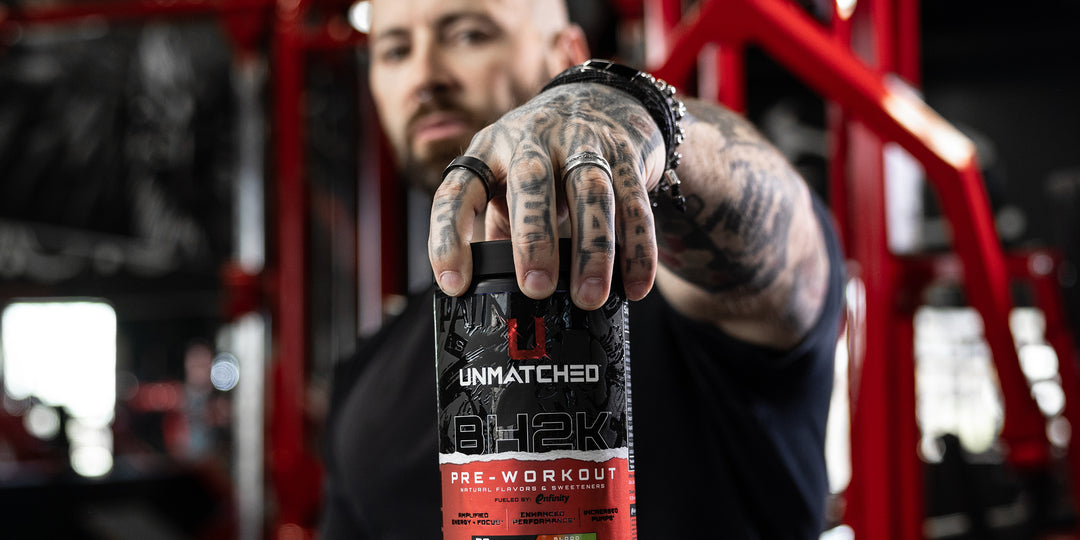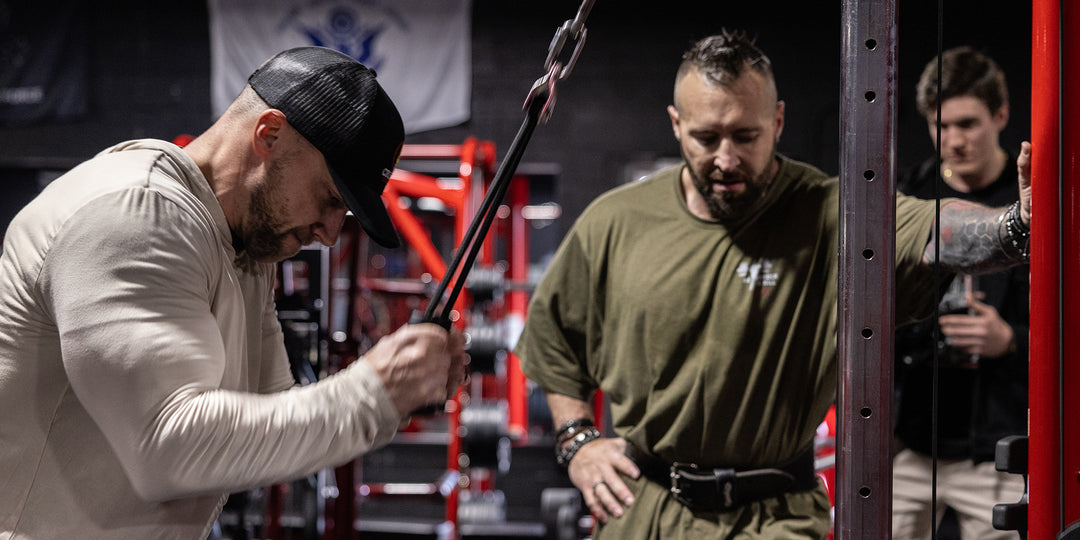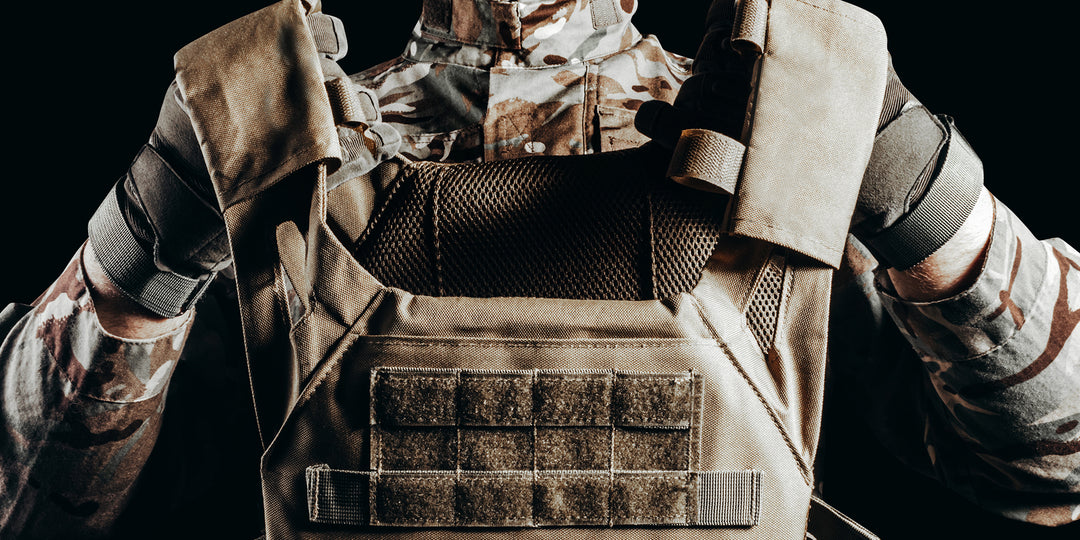Shocking Your Back into New Growth
Your average gym-goer looking for that “buff beach bod” will spend countless hours training their biceps and chest, and they don’t even know that there is a whole other half of their body they are not training. A thick chest and peaked biceps are nice, but the most impressive physiques have monstrous backs and tree trunk legs. Not only are wide backs and muscular legs impressive in clothes, they are the two body parts that win shows and separate the champions from the wannabes.
Below I will outline an effective back routine, which I used in preparing for my first pro show, the IFPA American States. The back is a large muscle group made up of many individual muscles such as the trapezius, latissimus dorsi, spinal erectors, teres major and minor, and rhomboids, just to name a few. Because of this, I am a proponent of hitting the back from many different angles and with moderate to high volume. The following workout will leave you sore for days so I recommend training back once a week. (Adequate recovery time is just as important as the training itself). The following workout should take between 60-75 minutes depending on your preference for rest between sets. For those of you who already train with moderate to high volume, I would jump right in and give this a shot. For those of you who are training with lower volume (e.g. HIT, MAX-OT), this would be a great workout to mix things up and shock your back into new growth.
The basic workout consists of 5 different exercises for back; 3 focusing primarily on thickness and 2 focusing primarily on width. Although rep range is an individual thing, I have found best results with training my back in the 6-15 rep range. Each week your exercise selection and order of exercises change in order to keep things interesting and also to keep you body from stagnating.
Exercise 1: Barbell Bent-Over Row
I usually begin with underhand grip barbell bent row. I do not bend all the way over at 90∞ as this will just leave you vulnerable to injury. I keep a slight bend in the knees and bend over approximately 45∞. I grip the bar just outside of shoulder width with an underhand grip and often times you wrist wraps when going extremely heavy. The key is to concentrate on driving your elbows back through your waist, pulling the bar up to between your waist and belly button. I prefer the underhand grip to an over hand grip because I feel like I can get a much better contraction in my back muscles and am able to squeeze at the top better. I do 4 sets, starting with 20 reps of a light to moderate weight, really focusing on squeezing my back. I pyramid up in weight, with the next sets being to failure at 15 reps, 10-12 reps, and 6-8 reps. On the last few sets I loosen up my form a little an allow for a bit of a controlled cheat. I believe this actually reduces the chance of injury while at the same time maximizes muscle growth. I will often times make the final set a drop set where after completing 6-8 heavy reps I will drop back down to my first sets’ weight and squeeze out as many as I can.
Another variation of this exercise I like to incorporate is barbell-in-the-corner rows. This is where you wedge a barbell in the corner of the gym and attached a v-bar used for close grip pulldowns to the other end. It is essentially like a t-bar row with free weights. Instead of loading the bar with 45’s I recommend using 35’s or 25’s to allow for a better range of motion and squeeze at the top. I prefer either of these two methods to the t-bar machine where your chest is resting on you stomach and chest because that machine takes away the use of a lot of the stabilizers needed to perform rows correctly.
Exercise 2: Close Grip Pulldown
After the first thickness-building exercise I will move on to a width-building exercise: close grip pulldowns. These are really designed to hit the lower portion of your lats. I usually do these before any wide grip work because I want to focus on having complete lats form top to bottom and want to avoid having “high-lats.” Although lat insertion is genetic, if you have high-lats I would recommend focusing on close grip back work over wider grip work. I once again will do 4 sets with the first set being an acclimation set and the remaining 3 being to failure. The rep range is similar to the first exercise and I once again add in a drop set on the last set. The key to this exercise is to keep the chest “barreled” out and really concentrate on driving the elbows down to the ground and squeezing when your hands get to your chest.
Exercise 3: Seated Cable Row
I consider this a thickness building exercise but like all exercises that focus on thickness, they also help develop width. With seated cable rows, I like to once again use a close grip with the v-bar but will alternate with a wider overhand grip with the straight bar. I will do 4 sets, pyramiding up in weight and going to failure on the last 3. I do not sit straight up but will round my chest in order to squeeze my shoulder blades together and will lean back slightly to allow for a more natural pull. For the third exercise, depending on equipment availability, I often substitute the low row machine made by Cybex or a Hammer Strength plate loaded low row machine. I sometimes will throw in heavy dumbbell rows here as well.
Exercise 4: Wide Grip Pull-ups
Pull-ups are an extremely important exercise for developing your v-taper. I prefer to do these later in the workout to make them more challenging and to lessen the need to add a lot of weight. The set and rep scheme on this exercise is the same as the other exercises. I will use an overhand grip for this exerciser with my hands significantly outside shoulder width. I make sure to get a full range of motion and will add weight using a dip built if I can do more than the target reps without failing. I will sometimes do these earlier in the day and will also sometimes use a closer grip for more variation. Most gyms also have a wide-grip pulldown bar where your hands face each; this is a nice alternative to this exercise.
Exercise 5: Deadlifts Supersetted with Dumbbell Shrugs
Deadlifts are absolutely essential to developing a complete back. I like to do these at the end of the workout when I know I am completely warm and loose to prevent injury. I also like to do them at the end because it makes them that much harder. I often times will do traditional heavy deadlifts from the floor using an alternate grip and wrist wraps. This grip and the wraps will allow you to pull more weight; remember you are trying to train your back, not your forearms, and you would be cheating yourself if your forearms gave out before you back did. For this last exercise I like to do 2 moderate sets short of failure around 10-20 reps each and will then pack on the weight and do 2 heavy sets around 4-8 reps. Although I often incorporate shrugs with shoulders, if you want to really get your upper back screaming in addition to your lower back, I recommend supersetting the deadlifts with dumbbell shrugs. If you have never supersetted these two before, give it a try; you will be surprised at the pump and burn you get.
In the offseason, when my bodyweight is higher and I have more cushioning, I like to do deadlifts from the floor. However, during contest prep, when my bodyfat begins to get very low, I prefer doing rack deadlifts. This is where you set the pins of a power cage just below the knees and deadlift from there. This takes the most dangerous part of the lift (from your lower back’s standpoint) out of the question. It also reduces the use of your legs and allows you to focus more on your back.
Putting it all together
Here are two example workouts you could use that follow these principles.




